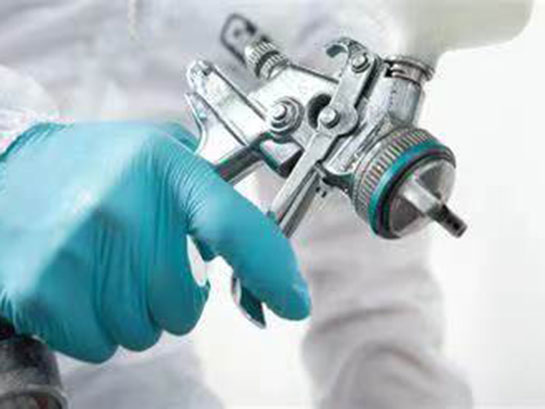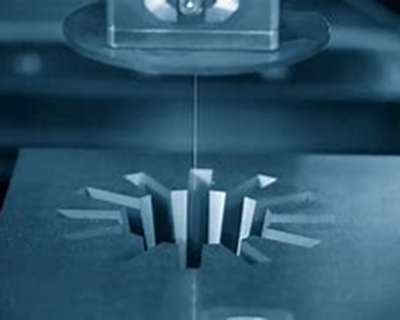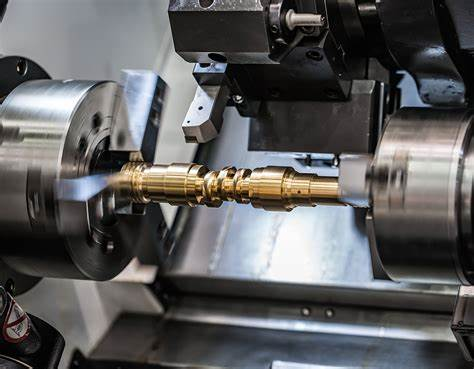Automotive rapid prototyping is an essential process used in the automotive industry to develop new vehicles and components. Prototyping allows designers and engineers to test and refine their ideas before moving on to mass production. It helps to identify and address any potential issues and ensure that the final product meets the required standards. Prototyping also allows manufacturers to showcase their designs to stakeholders, such as investors and customers, before investing in mass production.
Types of Automotive Rapid Prototyping
There are several types of custom prototyping used in the automotive industry, including physical, virtual, and digital prototyping.
Physical Prototyping
Physical prototyping involves creating physical models of the vehicle or component being designed. This is often done using materials such as clay or foam, which can be sculpted to create the desired shape. Physical prototypes are used to test the design's aesthetic and functional qualities, such as aerodynamics and ergonomics. They can also be used to test the vehicle's safety features, such as crash tests.
Virtual Prototyping
Virtual prototyping involves using computer-aided design (CAD) software to create a 3D model of the vehicle or component being designed. Virtual prototyping allows designers to test and refine the design before creating a physical prototype. This can save time and money by identifying any potential issues early in the design process. Virtual prototyping can also be used to simulate real-world conditions, such as driving on different road surfaces or in different weather conditions.
Digital Prototyping
Digital prototyping involves using computer simulations to test the vehicle or component's performance. This is often done using finite element analysis (FEA), which can simulate how the design will respond to different forces and stresses. Digital prototyping can also be used to test the vehicle's aerodynamics, fuel efficiency, and other performance metrics. Digital prototyping can help to identify potential issues before creating a physical prototype, which can save time and money.
Applications of Prototyping in Automotive Industry
Rapid prototyping automotive is used in a wide range of applications, from developing new vehicles to designing individual components.
Vehicle Design
Prototyping is an essential part of the vehicle design process, allowing designers to create and refine the vehicle's aesthetics and functionality. Physical prototyping is often used to create scale models of the vehicle, which can be used to test the design's proportions and overall look. Virtual and digital prototyping can be used to test the vehicle's aerodynamics, fuel efficiency, and other performance metrics.
Component Design
Prototyping is also used in the design of individual components, such as engines, transmissions, and suspension systems. Physical prototyping can be used to test the fit and function of the component, while virtual and digital prototyping can be used to test the component's performance under different conditions.
Manufacturing
Prototyping is also used in the manufacturing process, allowing prototyping manufacturers to test and refine their production processes before mass production. This can help to identify any potential issues with the production process and ensure that the final product meets the required standards.
Prototyping is an essential process used in the automotive industry to develop new vehicles and components. Physical, virtual, and digital prototyping are all used to test and refine designs, identify potential issues, and ensure that the final product meets the required standards. Automotive rapid prototyping is used in a wide range of applications, from vehicle design to component design and manufacturing.
- The Role of Custom Rapid Prototyping in Product DevelopmentMarch 19, 2024With the increasingly fierce competition in the market, the speed and quality of product development have become the key factors for the success of enterprises. Among them, custom rapid prototyping pl...view
- Automotive Evolution: Enhancing Vehicle Design with Urethane Casting ServicesJanuary 5, 2024The world of automotive design has continuously evolved to meet the demands of consumers seeking high-performance vehicles. In recent years, urethane casting services have emerged as a vital tool for ...view
- The Role of Cast Urethane Services in Automotive LightweightingJune 14, 2024With the development of various automobile companies, the competition in the automotive industry is becoming increasingly intense. Among all the competitive factors, cycle, quality, and cost are the t...view
- Unlocking the Benefits: Urethane Casting Service ExplainedOctober 27, 2023In the world of rapid prototyping and low-volume production, urethane casting has emerged as a versatile and cost-effective method. Urethane casting services offer a wide array of benefits that can re...view
- What Is Pressure CastingFebruary 27, 2023Introduction to Pressure CastingPressure casting is a casting method in which molten or semi-molten metal is pressed into the metal casting mold at high speed and crystallized under pressure, referred...view
- Medical Marvels: Urethane Casting for Prosthetics and OrthopedicsNovember 23, 2023In the ever-evolving world of medical technology, new advancements are constantly being made to improve the lives of patients. One such innovation that has revolutionized the field of prosthetics and ...view




